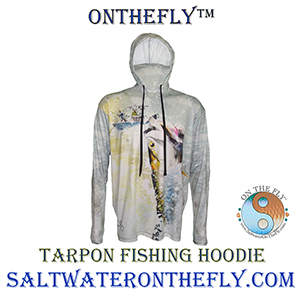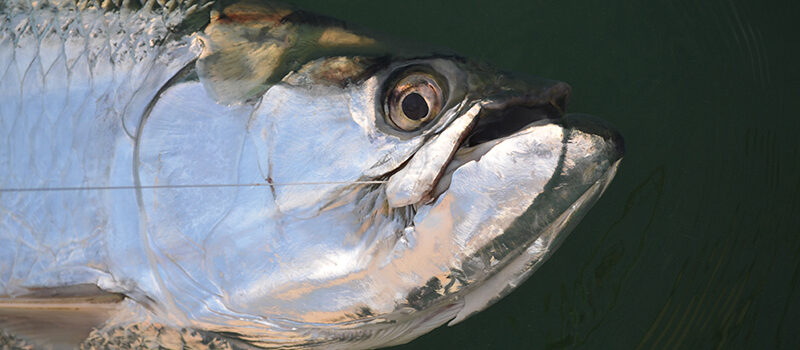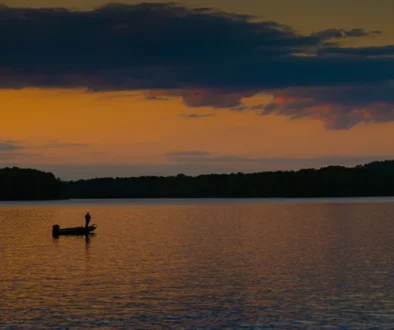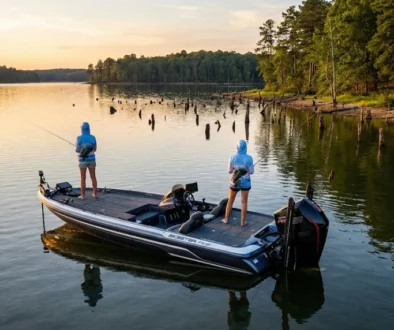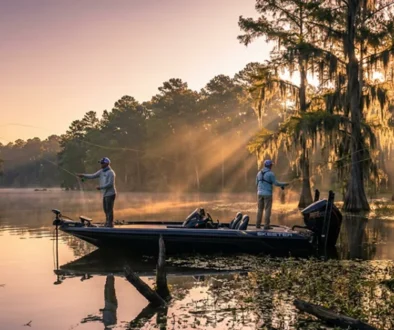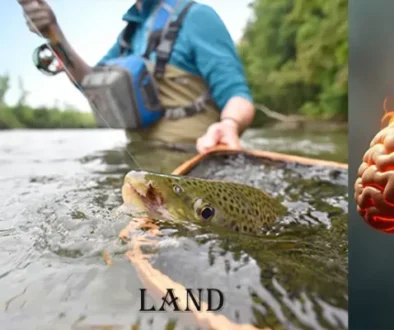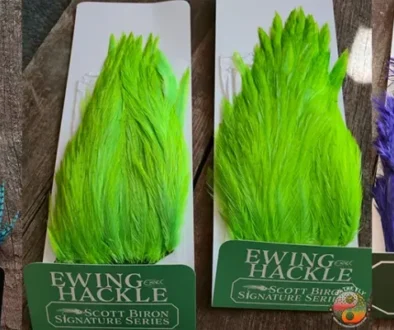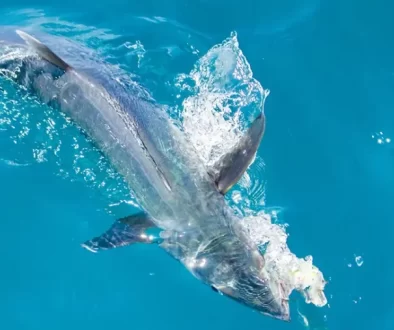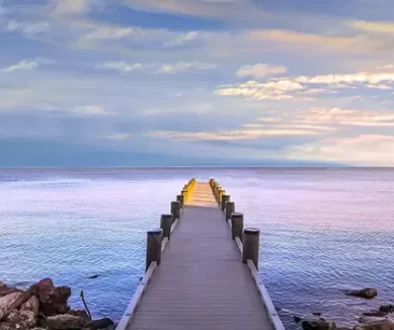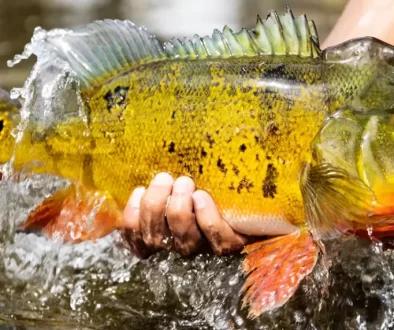Florida West Coast Tarpon Your guide to fly fishing in the mecca of tarpon fishing
By Craig Lamb
Bow to the king. You hear that in the vernacular spoken by a bold breed of saltwater anglers who frequent the west coast of Florida. More than a phrase, bowing to the king is a call to action in two ways.
First, it’s a call to action for booking a trip during when a massive migration of tarpon migrates and spawns on Florida’s left coast. Bowing to the king is also practiced by fly fisherman with a tarpon on the fly. When the tarpon jumps, you lean forward and point the rod toward the fish, in the hopes of keeping it on the line as it puts on their show of acrobatic leaps and strong runs.
Annual Florida West Coast Tarpon Migration
On the west coast, resident tarpon can be found from Ten Thousand Islands in the Everglades National Park, up the length of the coast and to Tampa and beyond. The ideal time to travel to the west coast of Florida for tarpon is during the annual migration, which occurs from March through July.
Breaking Down Hot Spots from the Southwest to the North
Breaking down those hot spots, from southwest to north begins in the Ten Thousand Islands and the national park. Prime fishing can be had around Sandy Key Basin, Rabbit Key near Everglades City, and Ingraham Lake and at the mouths of the Harney and Lostmans River. The fishing villages of Everglades City and Chokoloskee are entry points into all those wild, remote areas. Farther to the northwest are Marco Island and Naples, with both providing access to vast mangroves favored by tarpon.
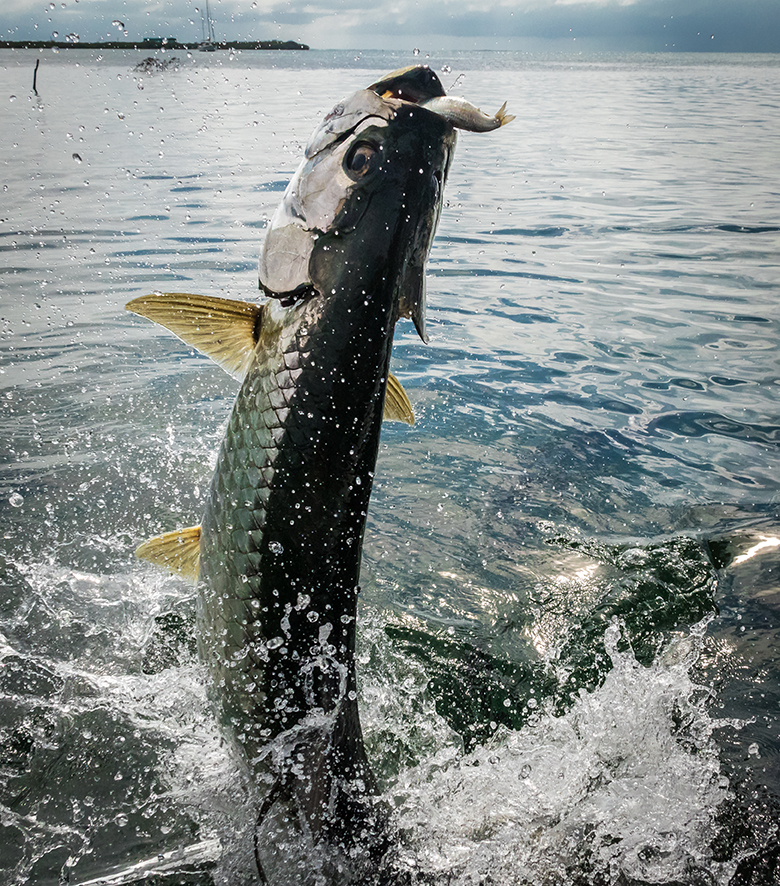
Florida West Coast Tarpon Your guide to fly fishing mecca of tarpon fishing Bow to the king spoken by a bold breed of saltwater anglers
Ten Thousand Islands, Everglades City, Naples and Tampa Bay
Breaking down those hot spots, from southwest to north begins in the Ten Thousand Islands and the national park. Prime fishing can be had around Sandy Key Basin, Rabbit Key near Everglades City, and Ingraham Lake and at the mouths of the Harney and Lostmans River. The fishing villages of Everglades City and Chokoloskee are entry points into all those wild, remote areas. Farther to the northwest are Marco Island and Naples, with both providing access to vast mangroves favored by tarpon.
Tampa Bay is another hot spot, with the barrier island of Anna Maria Island known as the epicenter of the tarpon migration due to its closer proximity to the deeper channels.
Tarpon Capitol of the World
Tarpon migration literally put Boca Grande and Pine Island Sound on the map, dating back to the 19th century when word got out about the incredible fishing, also gaining it the undeniable title of the “Tarpon Capital of the World.” A nutrient-charged estuary that is rich in habitat, protection, food and protected shallow backcountry all combine to make Boca Grande a top trophy tarpon locale.
What also makes it special are hill tides, when a significant high tide rapidly falls back and with it, large numbers of blue crab. The tarpon gang up and trigger a feeding frenzy that is the perfect setup for fishing success.
Homosassa is equally as famous for producing numerous world records from its estuary rich in food and habitat. What makes it really stand out is that anglers have direct access to migrating tarpon as the move towards shore from deep water, instead of up and down it. Homosassa has limited fishing pressure when compared to Boca Grande, making it an ideal destination when tarpon spend time there in May and June.
Gear for Fly Fishing Tarpon on Florida’s Gulf Coast
When fishing these waters, it’s a must to come armed for combat with heavy-duty fly fishing gear. Gear up with an 11- or 12-weight rod for larger tarpon; a 10-weight could be called into action for slick, calm conditions for wary tarpon.
There’s no other aspect of fly fishing when the reel is more crucial than when tarpon fishing. A 50-plus pound tarpon will rip line at break-neck speed, putting prolonged stress on the reel. High line capacity (300 yards or more) is a must, with a dependable drag and large arbor design favored for quickly recovering line.
Flies for Trophy Tarpon Fly Fishing
The main food source for tarpon is baitfish, squid and shrimp. Here’s a Top 5 to get you started.
Cockroach: This shrimpy looking swimmer never goes out of style, and rightfully so as it imitates a favored forage of tarpon. Splayed with wing-style Keys streamers, it’s always a go-to from the Everglades to Boca Grande.
Black Death: Stu Apte’s design casts easy in the wind with its elongated head, and the contrasting colors imitate lateral lines of baitfish fleeing from a tarpon. The oversized eye is an attention-grabber.
EP Tarpon Streamer: This simple, tapered baitfish pattern features a head-to-tail taper for a wide profile for maximum visibility. Natural-looking grey-backed white versions emulate a pilchard or finger mullet, making it fit right in along the west coast of Florida.
Tarpon Mouse: Deer-haired flies are ideal for staying on the surface, and this variant excels in the backcountry, or when tarpon are lazily rolling on the surface at daybreak.
Toad: Another great choice for slow-rolling laid-up tarpon tied with a marabou tail for breathability, with the clipped poly-material head holding it up in the water for greater buoyancy.
Another great item I keep in the skiff is an Outta the Box Fly Pad. All my patterns are right there,
easy to get for a faster pattern transition. Check one out below.
Or take a trip on a fly fishing adventure Alaska to Italy and beyond. Adventure Starts Here.

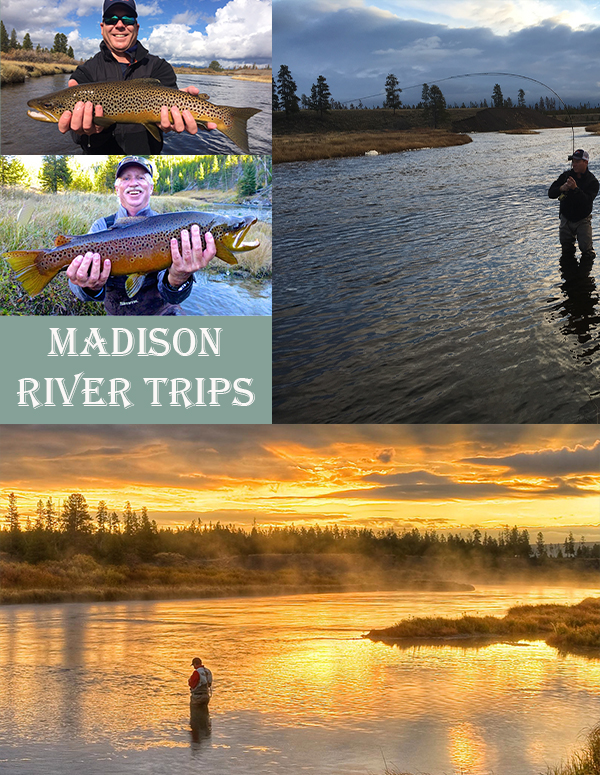
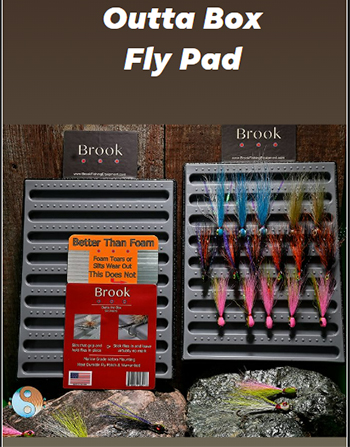
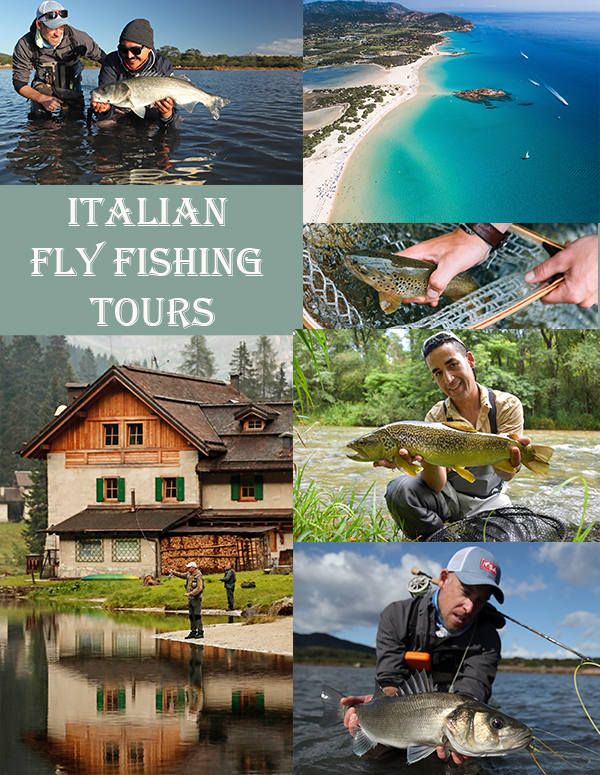
Performance Apparel for Tarpon Fishing
For days on the water you want to wearing our sun protective UPF-50 hoodies with a built in facemask, or at night our Hydrophobic Graphic Fishing Hoodie. Check out the whole line.

